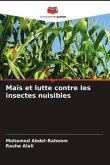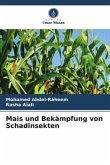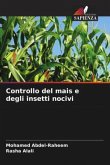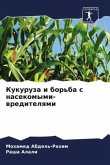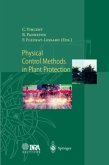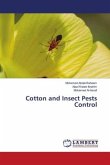Maize (Zea mays L.) can be attacked by a wide range of insects. The main pests of maize are helicoverpa and a number of soil insects. Minor pests occur irregularly and will not be a problem every season. Maize has high nutritional value as it contains 10% protein, 72% starch, 4.8% oil, 8.5% fiber, 3% sugar and 1% ash (Chaudhary, 1983). A number of insect pest species attack maize crop, which reduce the production by 75%. Locusts white grubs white fringed weevil swarming leaf beetles day feeding armyworm corn aphid green vegetable bug red shouldered. Two spotted mite green vegetable bug red banded shield bug yellow peach moth. Helicoverpa armigera is major, widespread, regular pest. Female moths lay eggs on the stem, leaves (both sides) tassels, silks and husks on the upper two-thirds of plants. Caterpillars hatching prior to silking cause little damage to tassels but may cause damage when migrating to cobs. Larvae from eggs laid on silks or husks may cause significant damage. Silk damage reduces pollination and grain-set.


